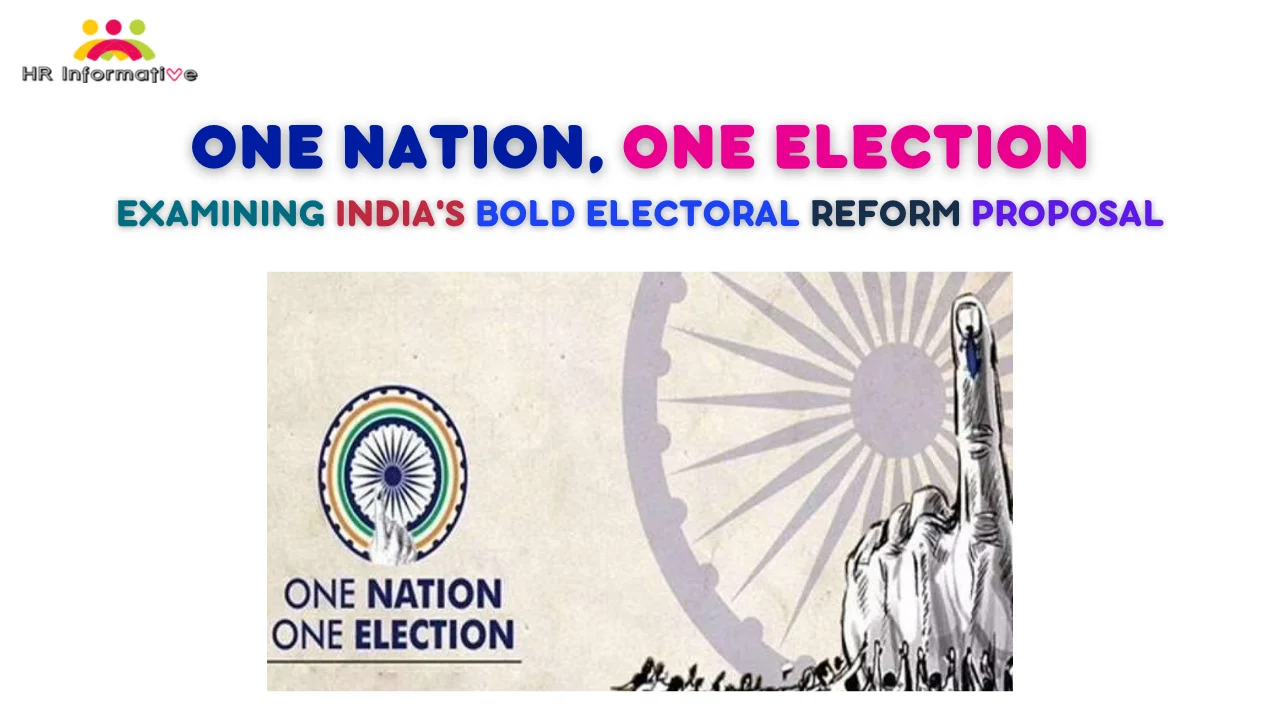In the tapestry of life, uncertainties are inevitable. While we cannot predict unforeseen events, we can secure our loved ones’ financial well-being through the means of term life insurance. This article dives deep into the intricacies of term life insurance in India, illuminating its importance, workings, and the factors influencing your choice of the ideal policy.
What is Term Life Insurance?
In its simplest form, term life insurance is a contract between you (the policyholder) and an insurance company (the insurer). You agree to pay regular premiums for a specified period of time (your policy term). In exchange, the insurer promises to pay a predetermined sum of money, known as the ‘sum assured’, to your chosen beneficiaries if you pass away during the policy term.
Term insurance is considered the purest form of life insurance, designed primarily for financial protection rather than wealth generation. Unlike some other life insurance products, term plans don’t typically accumulate cash value over time.
Why Do You Need Term Life Insurance?
- Financial Safety Net for Dependents: Your income is likely the foundation of your family’s financial stability. In your absence, a term life insurance payout can replace your income and help your dependents manage:
- Ongoing expenses (household bills, groceries, etc.)
- Debts (home loans, education loans, etc.)
- Long-term goals (children’s education, marriage, etc.)
- Peace of Mind: Knowing your family is financially secure empowers you to live life to the fullest without constant worry about the ‘what-ifs’.
- Tax Benefits: Premiums paid towards term life insurance qualify for tax deductions under Section 80C of the Income Tax Act, 1961, up to a specified limit, making it a tax-efficient tool for saving and protection.
Systematic Investment Plans (SIPs): A Beginner’s Guide to Building Wealth Gradually
How Does Term Life Insurance Work?
- Choosing Coverage: Determine the sum assured that adequately covers your family’s needs. Consider factors like outstanding debts, future expenses, and inflation.
- Selecting Policy Term: Choose a term long enough to cover your financial responsibilities (e.g., until your children are financially independent or your loans are paid off).
- Paying Premiums: Pay premiums regularly (monthly, quarterly, semi-annually, or annually) to keep the policy active.
- Coverage Window: During the policy term, you are covered by the insurance.
- In Case of Death: If you pass away during the policy term, your beneficiaries file a claim with the insurance company. Upon claim approval, the insurer pays the sum assured to your beneficiaries.
- Policy Maturity: If you survive the policy term, the contract ends and you typically do not receive any maturity benefit (unless you have opted for a plan with a ‘Return of Premium’ feature).
Factors Influencing Your Term Life Insurance Premium
- Age: Younger individuals generally pay lower premiums.
- Health: Insurers assess your health through medical exams and lifestyle factors. Healthier individuals usually get better rates.
- Sum Assured: Higher coverage amounts lead to higher premiums.
- Policy Term: Longer terms equate to higher premiums.
- Riders: Optional add-ons to your policy, like critical illness benefits or accidental death coverage, can increase the premium.
- Occupation: Certain professions deemed high-risk may have higher premiums.
- Smoking Habits: Smokers pay significantly higher premiums than non-smokers.
Demystifying Mutual Funds: A Comprehensive Guide to Investing Together
Types of Term Life Insurance Plans
- Level Term Plans: The most basic type, with fixed sum assured and premiums throughout the policy term.
- Increasing Term Plans: Sum assured increases annually, typically to adjust for inflation.
- Decreasing Term Plans: Often used to cover decreasing financial liabilities like mortgages where the sum assured decreases over time.
- Return of Premium Plans (TROP): If you outlive the policy term, you receive some or all of your premiums back.
Key Points to Consider When Buying Term Insurance
- Do Your Research: Compare plans from different insurers based on premiums, features, riders, and claim settlement ratios.
- Disclose Accurately: Provide honest information on your application form about your health, habits, and occupation.
- Assess Your Needs: Don’t over or under-insure; calculate an appropriate sum assured.
- Buy Early: Premiums increase with age.
- Review Regularly: Update your policy as your life circumstances change.
Conclusion
Term life insurance offers a powerful and cost-effective way to safeguard your loved one’s financial well-being in the face of unforeseen circumstances. By understanding its core principles, evaluating your individual needs, and comparing available options, you can secure the perfect plan that brings peace of mind and empowers you to focus on what truly matters – living life to the fullest with your loved ones. Remember, while we cannot control life’s uncertainties, we can equip ourselves with the tools to navigate them with greater resilience. Let term life insurance be your safety net, fostering security and allowing you to embrace life’s journey with confidence.
FAQs
Q: What is term life insurance?
Ans: A contract where you pay premiums and the insurer pays a benefit to your beneficiaries if you die during the policy term.
Q: Why do I need term life insurance?
Ans: To provide financial security for your dependents if you pass away.
Q: What happens if I survive the policy term?
Ans: You typically don’t receive any money unless you have a “Return of Premium” plan.
Q: How much coverage do I need?
Ans: Consider outstanding debts, future expenses, and inflation.
Q: What policy term should I choose?
Ans: Long enough to cover your financial responsibilities (e.g., children’s education, loans).
Q: What factors affect my premium?
Ans: Age, health, sum assured, policy term, riders, occupation, smoking habits.
Q: What are the different types of term life insurance plans?
Ans: Level, Increasing, Decreasing, Return of Premium (TROP).
Q: What should I consider before buying term life insurance?
Ans: Research different plans, disclose accurate information, assess your needs, buy early, and review regularly.
You May Read Also :



